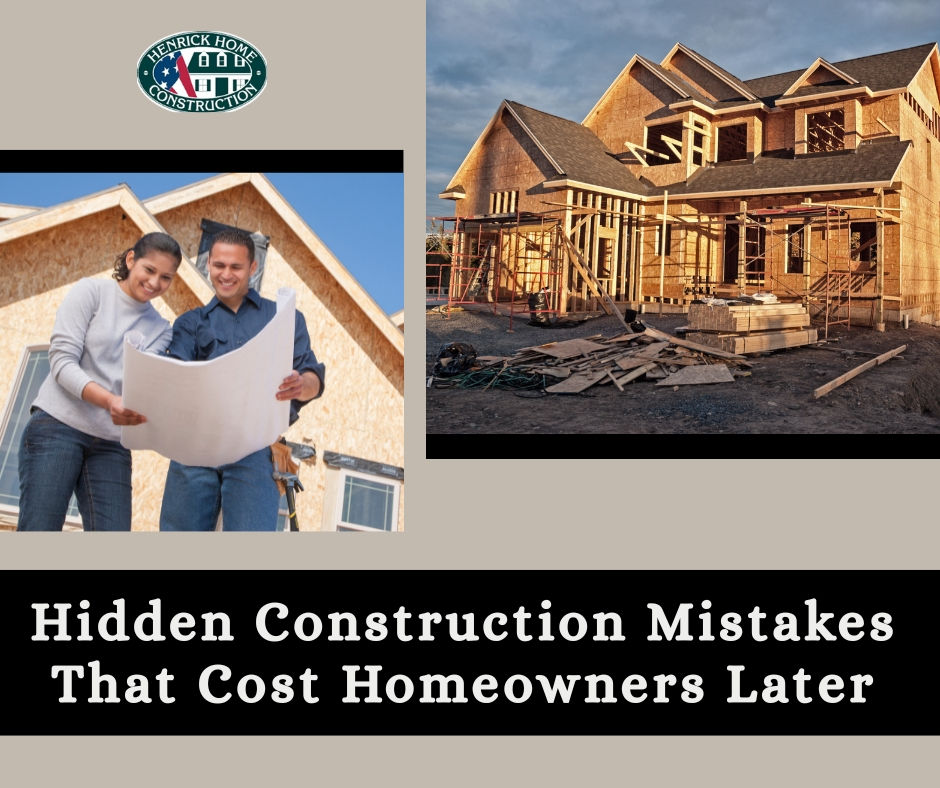Autoclaved Aerated Concrete
- mh0016
- Jul 15, 2021
- 2 min read
Updated: Aug 31, 2021

What is an AAC?
Autoclaved Aerated concrete is a form of prefabricated concrete made from natural raw materials. In the 1920s, a Swedish architect blended the normal concrete mixture of cement, lime, water, and fine silica sand with a small amount of aluminum powder. The aluminum powder acts as an expansion agent, causing the concrete to rise in a similar way to bread dough. As a result, about 80% of the concrete is made up of air. AAC concrete is normally formed into blocks or slabs and used to construct mortared walls in the same way as ordinary concrete blocks are.
Production
The same method used to mix any concrete is utilized to make autoclaved aerated concrete: To make a slurry, Portland cement, aggregate, and water are combined together. Air bubbles are generated throughout the substance when aluminum is used as an expansion agent, resulting in low-density lightweight material. Wet concrete is molded into shapes and then cut into slabs and blocks after it has slightly dried. The units are then placed in an autoclave for 9 to 12 hrs of thorough curing under heat and pressure.
AAC concrete units are easy to work with and can be cut and drilled using standard carpentry tools like band saws and power drills.
Advantages of ACC to environment
There are a number of environmental advantages to using autoclaved aerated concrete:
Insulating:
Most clearly, aircrete's insulation properties will cut the heating costs of structures constructed using autoclaved aerated concrete, resulting in fuel savings during the building's lifetime.
Materials:
Lime is one of the main mix components, and it takes less energy to make than Portland cement, which is burnt at greater temperatures. Sand only needs to be ground before use, not heated and PFA is an electricity generation by-product.
Carbonation:
Aircrete's cellular structure provides it with a large surface area, which is less noticeable. Much of the material is anticipated to carbonate over time, greatly balancing the carbon dioxide created during the calcination of limestone in the making of lime and cement.
Other Benefits:
It's a good soundproofing and acoustic insulation material.
Termite and fire-resistant to a high degree.
It comes in a range of shapes and sizes.
Recyclable material with high thermal mass stores and releases energy over time.
Because of its small weight, it is simple to handle and install.
Chases and holes for electrical and plumbing lines are simple to cut.
When compared to poured concrete, shipping and handling costs are lower.
Planning to build your dream home? Contact the Custom Home Builder in Milford, CT








Comments